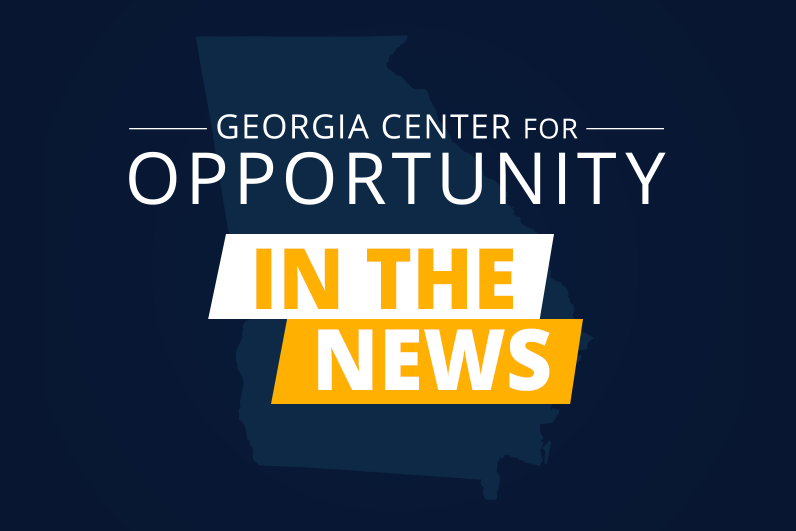Not all about profits
Also according to the Small Business Administration, there were 249,000 business start-ups creating 863,000 new jobs in 2018. However, those gains were partially offset by 222,000 businesses shutting down, taking 762,000 jobs with them.
This comparison is a good way of exposing a common myth about economics: It is not all about profits. It is also about losses.
If you took an economics course in college or high school, you probably found yourself spending time looking at the impact of losses and how much a business can lose before it must shut down.
What it takes to run a small business
Running a small business is hard. It requires dedication, resources, and daily decisions to keep operations viable without the benefit of an array of professional managers and departments that large businesses typically have. When a small business owner makes a mistake, he takes a direct hit. If the mistake is large enough, it could threaten his or her livelihood.
Politicians, on the other hand, can make a policy mistake impacting business, but they do not take a direct hit. Because every business is different, it is impossible for politicians to know what it takes for every type of business to stay viable and make a profit. Yet changes in government regulations, taxes, and wage laws can have devastating impacts on businesses.
The ability of businesses to withstand changes in minimum wage laws depends on the circumstances of the business and their profitability. It is naive to assume that every business relying on low-cost labor would be able to pay its employees more just because the government mandates them to do so.
Many businesses operate on thin profit margins. If their costs go up, they may substitute technology for labor, if they can, which naturally and unfortunately results in workers losing their jobs.
Worse, the business may have to shut down. It makes no sense to expect businesses to continue operating if they are losing money. Many small business owners who shut down may need to find a job themselves or risk landing in poverty. This helps no one, least of all the laid-off employees.
Final warnings
Beware of large corporations like Amazon or Walmart who might support minimum wage laws. It could be because they see it as a way to drive out competition from small mom and pop businesses.
Forcing small businesses to raise wages, especially after they sustained a financial hit from a pandemic, only promises to weaken an all-important job growth engine for the U.S. economy at a time when we need to bolster the small business sector and get the economy rolling again. This strategy of mandating wage increases certainly did not work out well during the Great Depression. There is no good reason to think it will work now.
So, what do our state and national legislators need to be doing? They need to concentrate on getting the economic job engine revving up again, and this is done by finding ways to reduce costs for businesses (not raising them), making it easier for entrepreneurs to start their own businesses (not making it harder), and making sure the financial markets are working properly so small businesses can access much-needed funds.
Where does all this leave the worker stuck in a low-wage job? Stay tuned. I’ll answer that question in my next blog.
*Erik Randolph is Director of Research at the Georgia Center for Opportunity. This blog reflects his opinion and not necessarily that of the Georgia Center for Opportunity.









